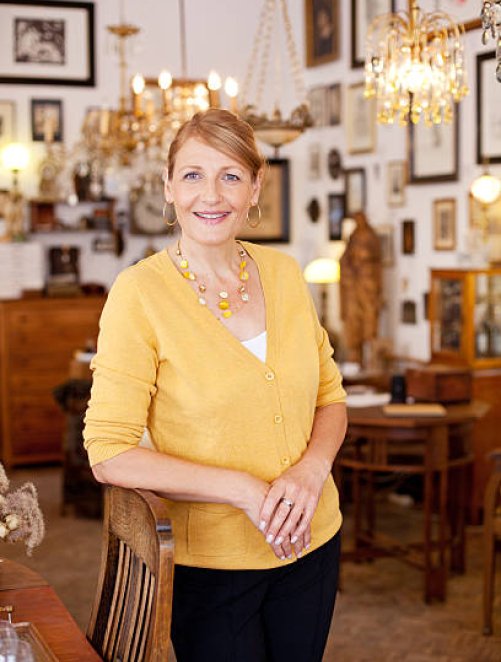









: Inquiry: Islamic Qibla Sundial/Compass – Appraisal or Expert Opinion Request
I am reaching out to inquire about a unique antique item I possess, which I believe to be an Islamic Qibla sundial with an integrated compass. It appears to be crafted from brass or bronze, with intricate Arabic inscriptions and a circular design. Based on preliminary research, it may be of historical significance, potentially dating back to the Ottoman or Mamluk period. I would be grateful if you could assist with one or more of the following: Appraisal of the object’s value Authentication or identification of origin and period Advice on potential sale or conservation If this falls outside your area of expertise, I would greatly appreciate any referral to a trusted specialist or institution that handles Islamic scientific instruments or related antiques. I’ve attached clear photographs for your review. I am based in Cyprus and would be happy to send the item in for physical inspection if needed. Thank you for your time and consideration. I look forward to hearing from you. Kind regards, John Modestou
100mm x 25mm
Secondhand Store
Yes


Hello, this item is an Islamic Qibla indicator sundial with integrated compass, crafted in bronze, likely of Ottoman or Mamluk design origin. These instruments were used to determine prayer times and the direction of Mecca (Qibla) using solar positioning and geomagnetic orientation—an essential tool in pre-modern Islamic societies. The object shown exhibits intricate Arabic inscriptions in concentric circular registers, a hinged lid, and a visible gnomon mount and compass chamber inside, consistent with examples from the 17th to 19th century. The condition shows verdigris and oxidation typical of aged bronze, and the inscriptions appear hand-engraved rather than cast, reinforcing authenticity.
Such instruments were produced in major Islamic scientific centers such as Cairo, Istanbul, Isfahan, and later India under Mughal patronage. If verified as original and complete with functional compass and gnomon, the item would have scholarly and collector value. Based on form, design, and apparent craftsmanship, it could be appraised between $2,500 and $5,000 USD, potentially more if linked to a known maker or region through epigraphic analysis.







